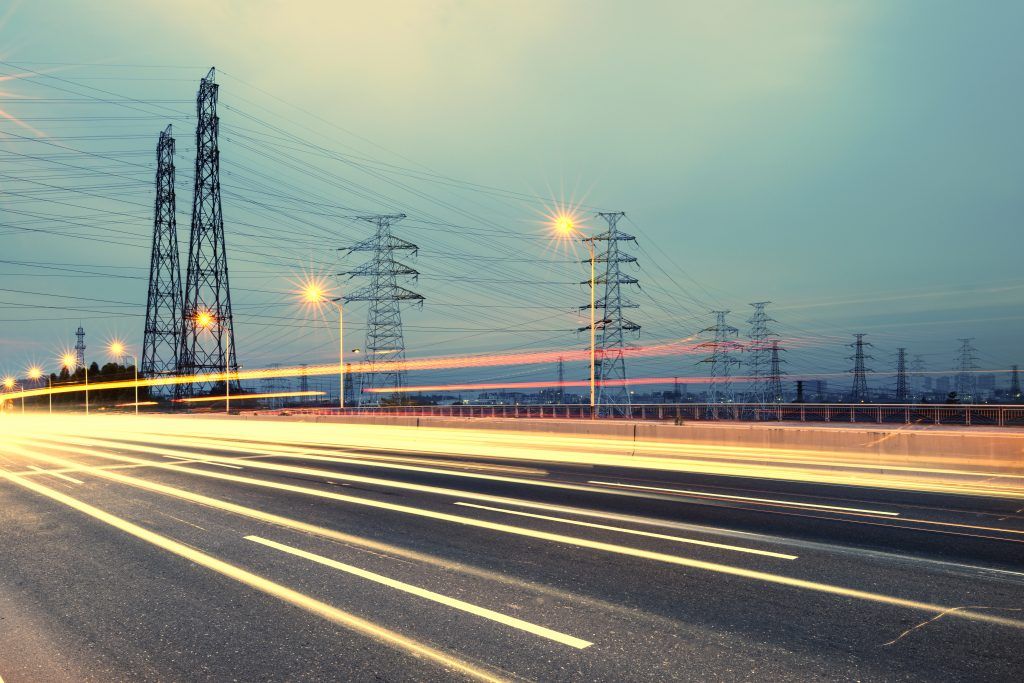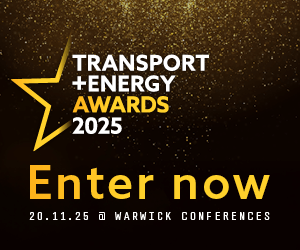Pure electric vehicles present “the greatest opportunity” to improve the energy efficiency of passenger vehicles and light trucks by 2035, according to a new congressionally mandated report from the National Academies of Sciences, Engineering, and Medicine.
The study, dubbed Assessment of Technologies for Improving Light-Duty Vehicle Fuel Economy — 2025-2035, by the U.S Department of Transportation, U.S. Department of Energy, and the U.S. Environmental Protection Agency should facilitate the development and deployment of zero emission vehicles, the report states.
It also said given the vehicles’ potential for the future of energy efficiency, petroleum reduction, and greenhouse gas emissions reduction for light-duty vehicles. In addition, the US National Highway Traffic Safety Administration (NHTSA) should set vehicle efficiency standards for 2035 in line with the predicted increased sales of ZEVs at that time, it stated. The report also said with electric vehicle costs likely to fall and reach parity with that of internal combustion engine vehicles, the period from 2025-2035 could see a significant transformation in the automobile industry.
The report, the most recent in a series on fuel efficiency standards, says all types of vehicles have opportunities to improve energy efficiency in that period, including those with internal combustion engine, hybrid, battery electric, fuel cell, and connected and automated technologies. The report also explores the potential for fuel efficiency of autonomous vehicles and how best to regulate them.
Speaking about the findings, Gary Marchant, Regents Professor of Law and director, Center for Law, Science, and Innovation at Arizona State University, and chair of the committee that wrote the report, said: “The period from 2025-2035 could bring the most fundamental transformation in the 100-plus year history of the automobile.
“The CAFE program is now entering a time of major change, with new technologies enabling a pathway to zero emissions, and a future with a diversity of energy sources and modes of mobility. We expect that it will continue to play an important role in the future and serve as an example for other energy and climate policies administered by government agencies in the U.S. and around the world.”
Image from Shutterstock















